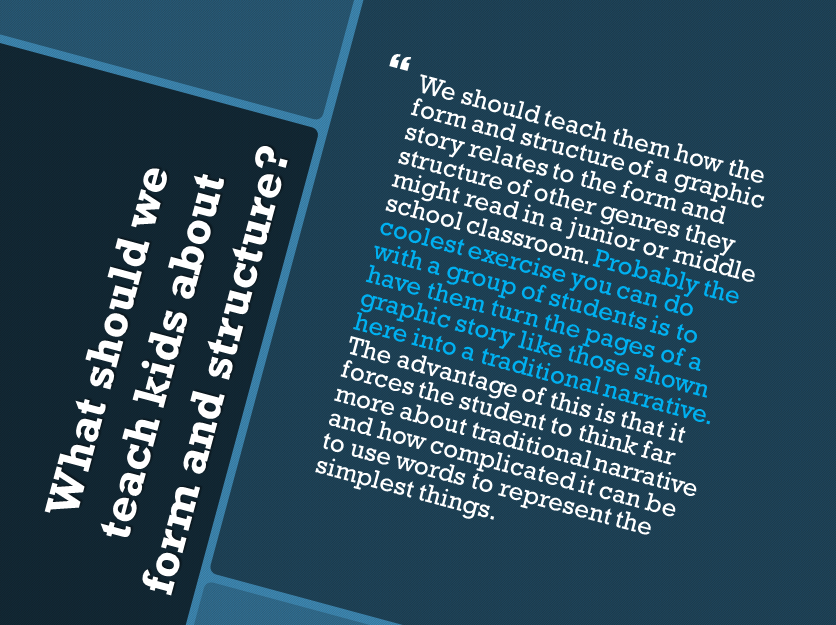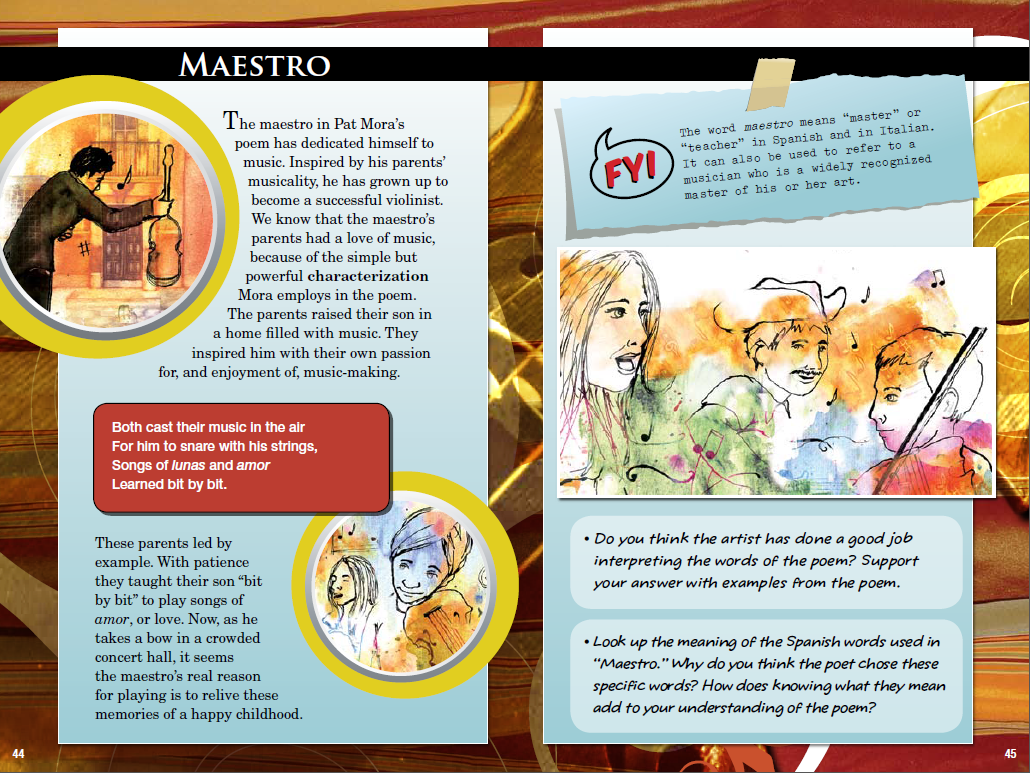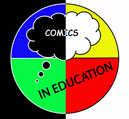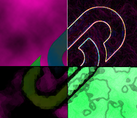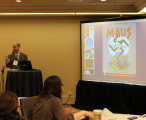CURRICULUM CONNECTIONS
This part of Comics In Education is intended to provide teachers with support in both the theory and practice of teaching comics and graphic novels in the K-12 classroom. As it grows and develops, I hope to balance foundational pieces that examine how we currently teach visual narrative with practical examples of how we can use the genre with our students. This page will provide useful reference materials, but audio, video, and other tools supporting the use of visual narrative in the classroom will develop under the appropriate sub-folders.
|
Your browser does not support viewing this document. Click here to download the document.
|
How Do We Teach Visual Narrative?EXCERPT: When comes to teaching visual narrative in the K-12 classroom, we have tended to be pretty selective. Students read lots of picture books at the primary grades—we can think of these as visual narratives for very young readers--and high school classrooms will occasionally see a graphic novel on the curriculum, although if truth be told, it is almost invariably one of the two shown here: Persepolis by Marjane Satrapi or Maus by Art Spiegelman. I have probably used graphic stories and graphic novels more than most in a classroom, but the only ones I’ve taught as complete, full-length texts are these two. Sometimes an adventurous head of department in a high school will put Alan Moore and Dave Gibbons' Watchmen on the curriculum, but more often than not they won’t...
First presented at the 2014 Reading for the Love of It conference at the Sheraton Conference Centre in Toronto. |
How Should We Teach Visual Narrative?DESCRIPTION: This is a useful handout for teachers that outlines an approach to teaching comics and graphic novels. It argues that we need to teach kids the following five things:
First presented to teachers at the 2013 CITE conference in Oakville and later at the 2014 RFTLOI conference in Toronto |
Your browser does not support viewing this document. Click here to download the document.
|
|
Your browser does not support viewing this document. Click here to download the document.
|
The History of Visual NarrativeThis is a handy poster sequence that teachers can distribute to students, post on a bulletin board, or send out as a pdf. It's a neat little set of selected slide images from a Prezi I developed for "Everything I Know I Learned from Comics," a series of conference presentations. Its purpose is to show students how we can trace the origins of visual narrative back much further than literature or even the oral tradition, and yet we have somehow developed the mindset that comics and graphic novels are a kind of lesser derivative of writing and visual art. The last couple of pages feature the two iconic figures of popular visual narrative--Stan Lee and Osamu Tezuka--as a reminder to students that all of the manga they are taking out of the school library has a tradition that they (and their teachers) should be aware of.
The Prezi was developed for a series of conferences, including the 2013 For the Love of Literacy conference in Burlington, the 2013 CITE conference in Oakville, and the 2014 RFTLOI conference in Toronto. |
The Literary Features of Graphic NovelsThe attached handout is not intended to show why I write graphic novels instead of illustrating them (although it's a pretty good example). Instead, it's a very simple sequence of illustrations from the opening line of William Blake's "A Poison Tree" whose purpose is to show that in order to develop a greater appreciation of visual narrative, students of the genre need to see how the techniques and strategies of a comic or graphic novel are related (if at all) to those found in a traditional narrative. This was actually the pitch illustration I made when proposing the Graphic Poetry series by Rubicon/Scholastic that went on to win both the 2010 Textbook Excellence Award from the Text and Academic Authors Association and the 2011 Teachers' Choice Award for Children's Books from Learning Magazine. Teachers are welcome to distribute the document to their colleagues and share it freely.
First presented to teachers at the 2014 RFTLOI conference in Toronto. |
Your browser does not support viewing this document. Click here to download the document.
|
